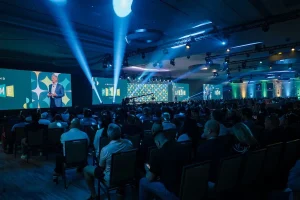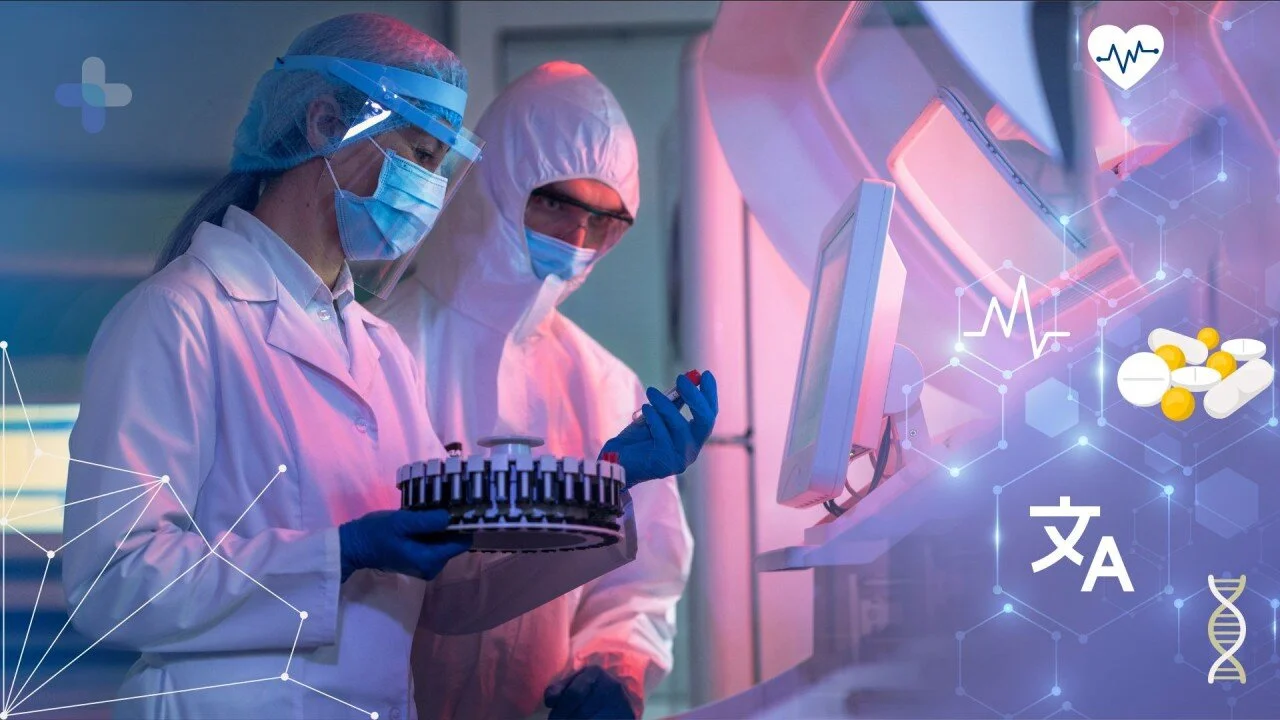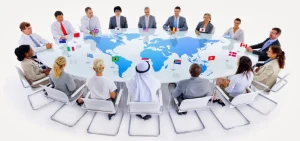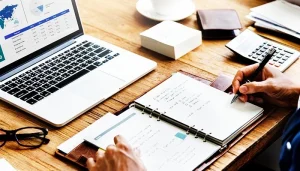Let’s face it, planning an event in the pharma or life sciences world is already a beast. Add in the complexity of multiple languages? Well… now you’re wrestling the beast and trying to do a pirouette.
But here’s the thing: Multilingual Events in Pharma aren’t optional anymore. They’re kind of a big deal. And not just because it’s “inclusive” or “nice to have.” No, it’s because lives (yes, actual human lives) often hinge on clear, accurate communication in this industry. You really don’t want someone misinterpreting dosage guidelines because the translator winged it, you know?
So, if you’re in the thick of organizing a global pharma summit, a regulatory conference, or even a panel, this one’s for you.
Let’s break down what really goes into running Multilingual Events in Pharma, minus the fluff, minus the headache.
Why Bother With Multilingual Events in the First Place?
Okay, rhetorical question. But seriously, why go through the trouble?
Research happens in Japan. Clinical trials happen in Germany. Regulations? Oh, those come with their own dictionary, especially if the EU’s involved.
Let’s be real, Multilingual Events in Pharma don’t just help your attendees follow along. They open the door for everyone to jump in: researchers, doctors, investors, the whole crew. Cut the language gap, and boom, better ideas, fewer mix-ups, smoother flow.
And yes, if done poorly, they also become a game of broken telephone. So let’s not do that.

So… What’s So Hard About It?
Honestly? A lot. Let me give you a quick rundown.
The Jargon Jungle
Medical language is a beast. You’ve got enzymes, chemical compound names that sound like spells from Harry Potter, and acronyms no one outside your field has ever heard of. Interpreting this stuff? Not for the faint of heart.
Qualified Interpreters Are Like Unicorns
You can’t just grab any bilingual speaker and throw them in a booth. You need folks with real subject-matter expertise like someone who knows what “HER2-positive metastatic breast cancer” actually means… and how to say it correctly in Mandarin. Good luck finding that on short notice.
Tech Troubles (Always)
The tech setup can make or break your event. Interpretation booths, soundproofing, headsets that don’t randomly cut out, remote platforms that won’t crash mid-sentence, it all has to work seamlessly. And it rarely does… unless you’ve prepped like your life depends on it.
The Payoff (AKA Why It’s All Worth It)
Despite the chaos, the benefits are real. Like:
- Crystal-clear communication → No “uh, I think they said…” moments.
- Wider reach → More countries, more attendees, more collaboration.
- Compliance brownie points → Especially when regulators are in the room.
- Stakeholder trust → People take you seriously when you make the effort to meet them in their language.
Alright, So How Do You Actually Pull One Off?
Glad you asked. Here’s a no-nonsense guide (with a few curveballs you might not expect).
Partner With a Language Service Provider (LSP) That Gets You
Not just any LSP. You want a crew that’s lived and breathed pharma and life sciences. They should know what EMA, FDA, and GMP mean without blinking. Honestly, this is where a provider like TransLinguist shines. We’ve worked across countless pharma conferences, scientific panels, and regulatory summits, so we get the pressure you’re under.
We’re not just tossing interpreters at your event and calling it a day. We source language professionals with real subject-matter expertise and onboard them with your agenda, glossaries, and technical setup so your speakers don’t get lost in translation (literally).
And because we offer full end-to-end support from sourcing to tech setup to live-day troubleshooting, you’re not juggling five vendors. Just one. Us.
Tech + Humans = Magic Combo
This one’s huge.
Live captions, remote simultaneous interpretation, and speech-to-text AI aren’t “extra.” They’re table stakes now.
And if you’re using AI for anything, please make sure it uses a glossary. I cannot stress this enough. Without one, your “molecular pathways” might turn into “motel pathway” real quick. I’ve seen it happen.
Good LSPs will customize a glossary specific to your event and make sure the AI actually understands the difference between “clinical trial” and “trial by fire.”
Prep the Interpreters Like You’re Prepping Your Speakers
Would you send your keynote speaker on stage with no slides or background info? Of course not.
The same rule applies to interpreters.
Give them:
- Speaker bios
- Presentation decks
- Industry glossaries
- Expected Q&A topics
Interpreters aren’t mind-readers. The better they’re prepped, the better your event will sound literally.
Give Speakers a Gentle Nudge… or a Full Playbook
Even seasoned speakers forget they’re being interpreted. They rattle off dense paragraphs like they’re on a TED Talk bender.
Solution? Give them a mini-guide. Nothing fancy. Just something like:
- Speak at a moderate pace. No, really.
- Pause between sentences.
- Avoid slang and idioms (do you really need to say “this treatment is a home run”?).
- Use visuals to support key points.
Oh, and maybe… don’t change slides every 3 seconds. Just saying.
Run a Dry Run. Then Run It Again.
Do a test with all interpreters, tech platforms, and speakers at least once before the big day.
Why? Because you will find things that go wrong:
- A mic that crackles
- A remote interpreter who can’t hear half the panel
- A moderator who forgets there’s a 2-second lag
Catching those in a dry run is a gift. Don’t skip it.
Caption Everything Live or Post-Event
Live caption not just helps non-natives but also supports:
- People with hearing loss
- Folks attending from noisy environments (hello, coffee shops)
- Attendees who joined late and need to catch up
Oh, and once the event’s done? Leave those captions on the recordings. It makes life easier for everyone, especially when you want to reuse clips or share key takeaways later.
Adapt the Language Strategy Based on Event Type
Not every session needs live interpretation. Some do better with just captions. Others might need a hybrid setup, like interpretation and post-event translated summaries.
Example:
- Regulatory briefing → Real-time interpretation, strict terminology
- Networking mixer → Casual captions + multilingual chat tools
- Training workshop → Interpreters + translated handouts + follow-up subtitled recordings
Have a Plan B. Always.
Because let’s be honest, tech breaks. People forget logins. Interpreters get sick.
Have backups:
- A spare interpreter on standby (yes, even remotely)
- An extra laptop with your platform preloaded
- Your LSP’s tech support on speed dial
Trust me, you’ll sleep better knowing the safety net is there.
Final Thoughts
Running a multilingual event in life sciences or pharma is not just about checking all boxes but also about creating an experience where everyone gets equal access to the same insights, discoveries, and decisions. When dealing with important cancer treatments, genetic therapies or regulatory updates that impact millions, clarity is non-negotiable.
So, invest in it. Plan for it. Respect the languages, the people, and science.
And if you need a partner who actually gets all this?
Let’s talk. At TransLinguist, we specialize in helping pharma and life sciences organizations create seamless Multilingual Events in Pharma from top-tier interpreters to AI-powered captioning and everything in between.
We’ve got the tech. We’ve got the people. And we get the stakes. Get in touch with TransLinguist and let’s plan it together.



